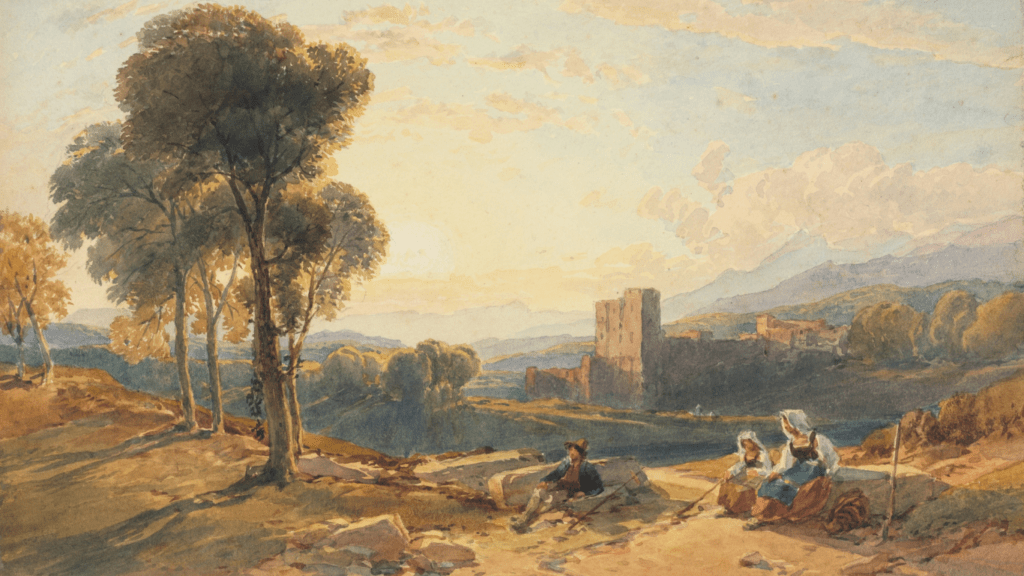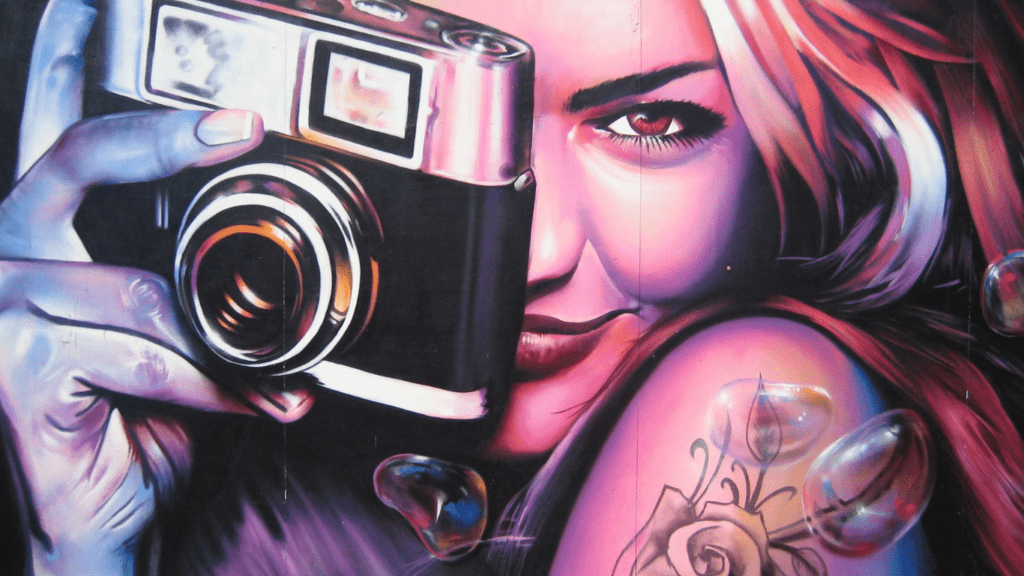Understanding Futurism
Futurism emerged in Italy around 1909, championed by poet Filippo Tommaso Marinetti. This movement aimed to break free from the constraints of traditional art, celebrating technology, speed, and modernity. Futurists rejected the past, advocating for a focus on dynamic energy and motion, which they believed better represented the rapidly changing world.
Artists like Umberto Boccioni and Giacomo Balla incorporated these ideals into their work, using vivid colors and fragmented forms to convey movement and fluidity. Boccioni’s sculpture “Unique Forms of Continuity in Space” and Balla’s painting “Dynamism of a Dog on a Leash” exemplify these principles, capturing the essence of motion and the fleeting moment.
Innovations in transportation, such as cars and airplanes, and advancements in communication, like telegraphs, heavily influenced Futurist themes. By glorifying these inventions, Futurists sought to depict their vision of the future, one that embraced change and progress. They believed that art should reflect and contribute to human advancement, aligning with the modern world’s pace.
Futurism’s influence extended beyond visual arts into literature, architecture, and music. Futurist architects designed buildings with an emphasis on functionality and minimalism, downplaying ornamentation. In literature, Futurist writers used experimental techniques, including free verse and non-linear narratives, which mirrored the movement’s departure from tradition.
Futurism continues to inspire contemporary artists, pushing boundaries and encouraging innovative approaches. Its legacy lies in the relentless pursuit of a forward-thinking vision, transforming art into an ever-evolving discipline.
Historical Context of Futurism
Futurism emerged in the early 20th century, advocating a break from the past and embracing modernity.
Origins and Founders
Launched in 1909, Filippo Tommaso Marinetti founded the movement with the publication of the Futurist Manifesto. This manifesto was published in the French newspaper Le Figaro and celebrated technology, youth, and violence. Marinetti’s ideas quickly attracted other artists like Umberto Boccioni, Carlo Carrà, and Luigi Russolo. These artists sought to capture the dynamism and energy of the modern world in their works.
Key Movements and Artwork
One of the most notable Futurist ideals was the portrayal of movement. For example, Umberto Boccioni’s “Unique Forms of Continuity in Space” epitomizes this ideal by depicting fluid, almost aerodynamic human forms. Giacomo Balla’s “Dynamism of a Dog on a Leash” shows rapid motion through fragmented forms and blurred lines. These artworks illustrate the key principle of conveying speed and transformation. Futurism emphasized unconventional perspectives, vibrant colors, and abstract forms, which set it apart from other art movements of the time.
How Futurism Pushed Art Forward
Futurism transformed the art world by focusing on dynamism and the future. Unlike traditional movements, it embraced radical changes.
Innovations in Techniques
Futurism introduced novel techniques that redefined art’s portrayal of movement. Artists experimented with fragmented forms and vibrant colors, capturing fluidity and energy. For example, Umberto Boccioni’s “Unique Forms of Continuity in Space” embodies this approach. Consecutive planes and intersecting lines created a sense of motion. Another example, Giacomo Balla’s “Dynamism of a Dog on a Leash”, uses repeated images to depict rapid movement. These techniques broke away from static forms, making art more dynamic.
Embrace of Technology and Speed
Futurists glorified the impact of technology on society. They admired machines, vehicles, and industrial landscapes. This admiration reflected in works like Balla’s “Abstract Speed + Sound”, which uses lines and colors to suggest the rush of modern life. Marinetti’s “The Founding and Manifesto of Futurism” highlights technology’s role in shaping the future. Artists depicted cars, airplanes, and telegraphs, emphasizing speed and power. These elements symbolized progress and modernity, pushing art into a new era.
By integrating these innovations, Futurism significantly influenced contemporary art, presenting a bold vision of a dynamic future.
Futurism’s Influence on Contemporary Art

Futurism continues to shape contemporary art by pushing boundaries and inspiring innovation. My observations highlight how this movement’s core principles resonate in today’s artistic endeavors.
Examples of Modern Futurist Works
Modern art pieces often showcase Futurism’s hallmarks, such as:
- dynamic movement
- vibrant colors
- technological themes
Artists like Marina Apollonio explore optical illusions with concentric circles, invoking a sense of motion. Another example is the work of Matthew Ritchie, whose complex installations merge science, philosophy, and architecture, echoing Futurist aspirations. Digital art by Refik Anadol, using data and machine learning, brings to life Futurism’s vision of a technology-driven future. These examples demonstrate Futurism’s enduring influence on art’s evolution.
Lasting Impact and Evolution
- Futurism’s impact extends beyond individual artworks.
- It has influenced art movements like Abstract Expressionism and Surrealism, seen in fragmented forms and energetic compositions.
- The movement’s focus on technology paved the way for digital and new media art.
- Futurism’s principles are evident in contemporary architecture, with its emphasis on functionality and modern materials.
- Artists continually draw inspiration from Futurism’s vision, adapting it to reflect contemporary societal changes.
- This ongoing evolution ensures Futurism’s relevance in the ever-changing art landscape.
Criticisms and Controversies
While Futurism played a pivotal role in pushing art into new territories, it wasn’t free from criticisms and controversies. These debates often revolved around ethical implications and aesthetic preferences.
Ethical and Aesthetic Debates
Futurism stirred significant ethical debates due to its controversial political affiliations. The movement’s leaders, including Marinetti, openly supported Fascist ideologies. This association prompted criticism, as many argued that the celebration of violence and war in their works reflected these dangerous views. Ethical concerns about inclusivity arose since Futurism heavily emphasized masculinity, often sidelining female artists.
Aesthetically, Futurism’s radical approach received mixed reactions. Some critics felt that its emphasis on speed and technology overshadowed traditional artistic skills, reducing art to mere propaganda. Others found its aggressive style and fragmented forms visually jarring. However, these debates also sparked discussions that pushed the boundaries of artistic expression.
Reactions from Art Communities
Art communities had varied reactions to Futurism. Some artists appreciated Futurism’s break from conventional norms, seeing it as a revolutionary step forward. They embraced its themes of dynamism and technology, incorporating these elements into their own work. For instance, Dadaists and Surrealists acknowledged Futurism’s influence but diverged in their approach to societal critique and artistic execution.
Conversely, other factions within the art world viewed Futurism with skepticism. They argued that the movement’s fascination with progress and modernity lacked substance and emotional depth. Traditionalists believed Futurism’s departure from classical techniques undermined artistic integrity. Despite the controversies, these reactions fostered a vibrant discourse that enriched the art landscape.





